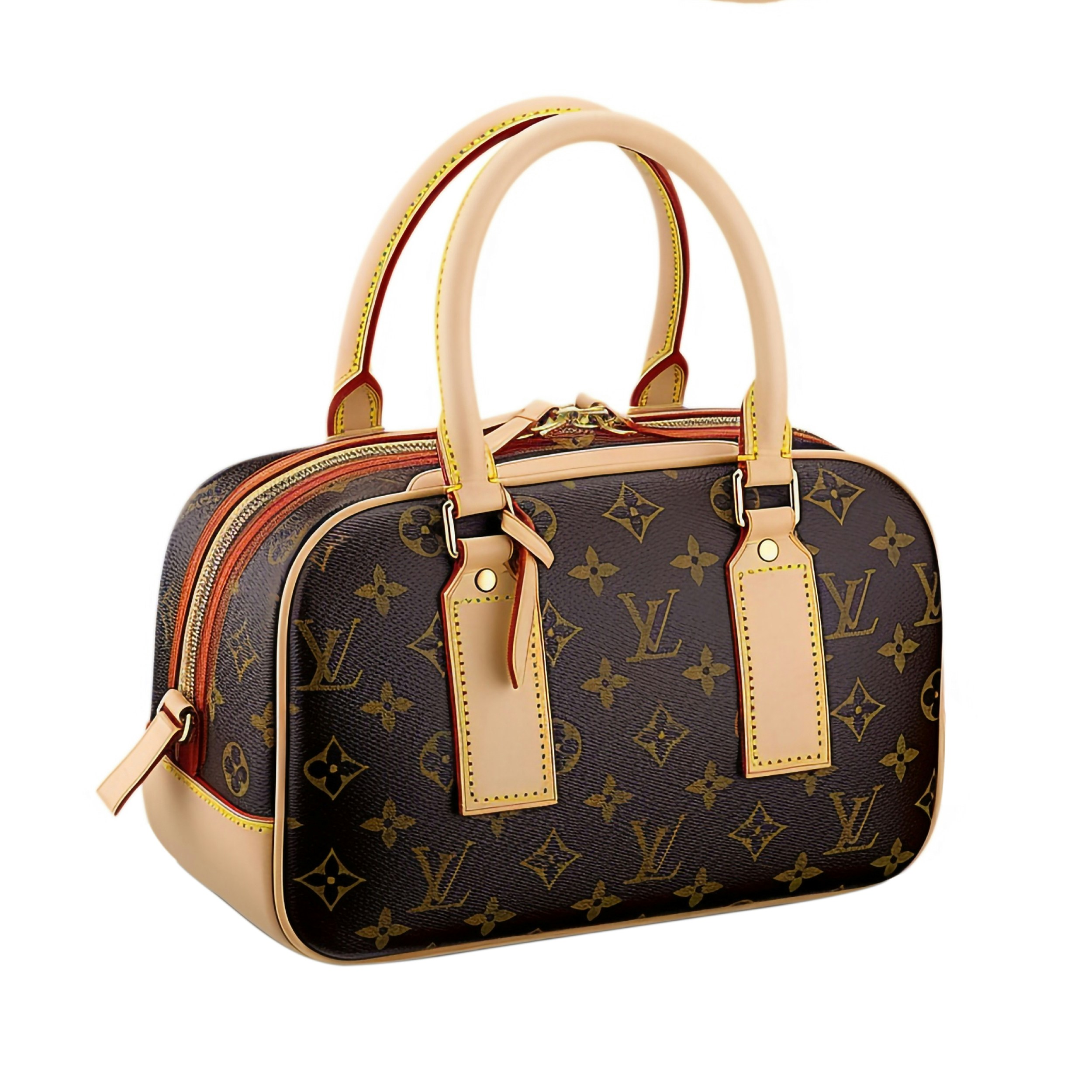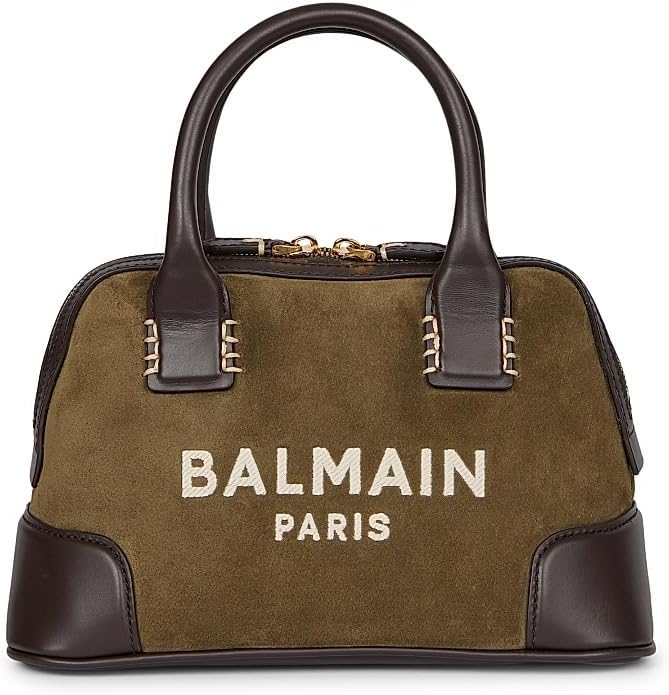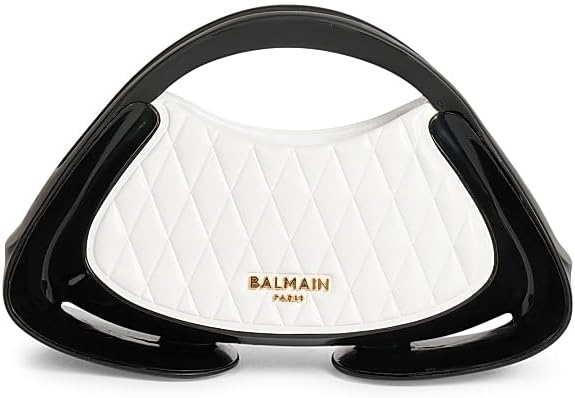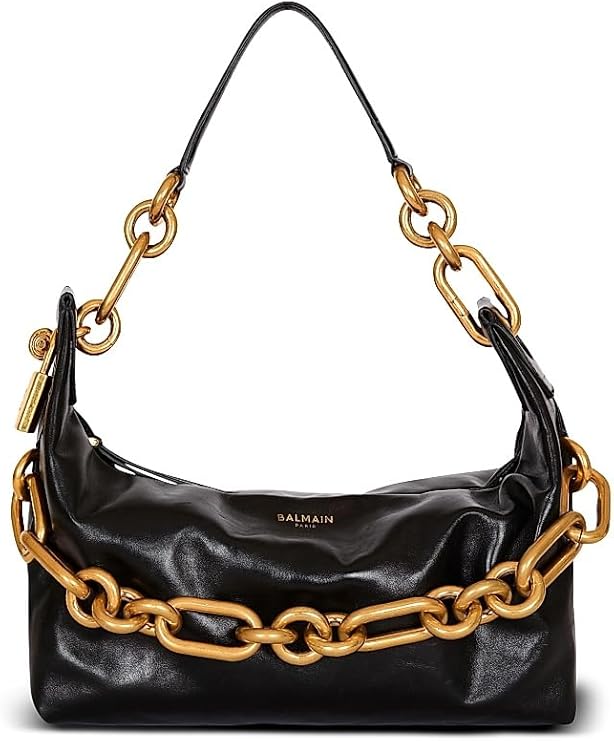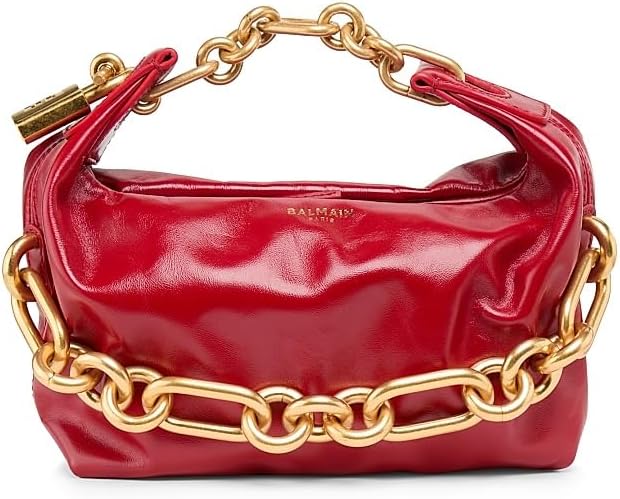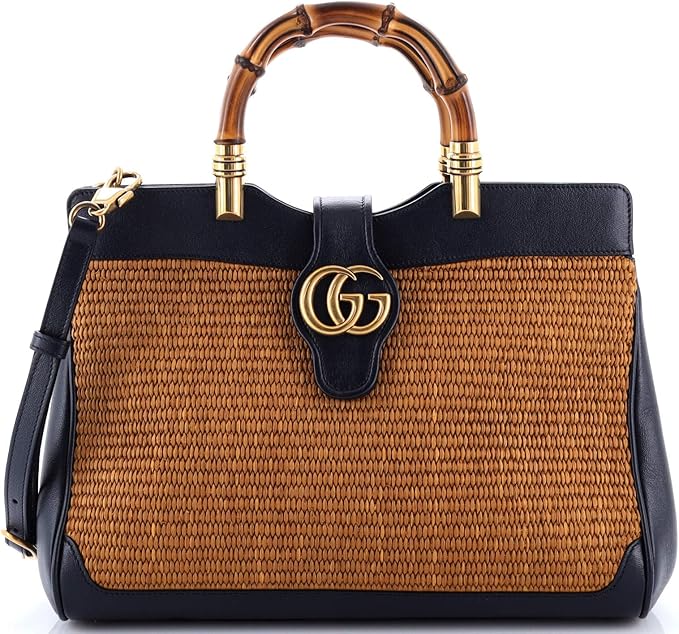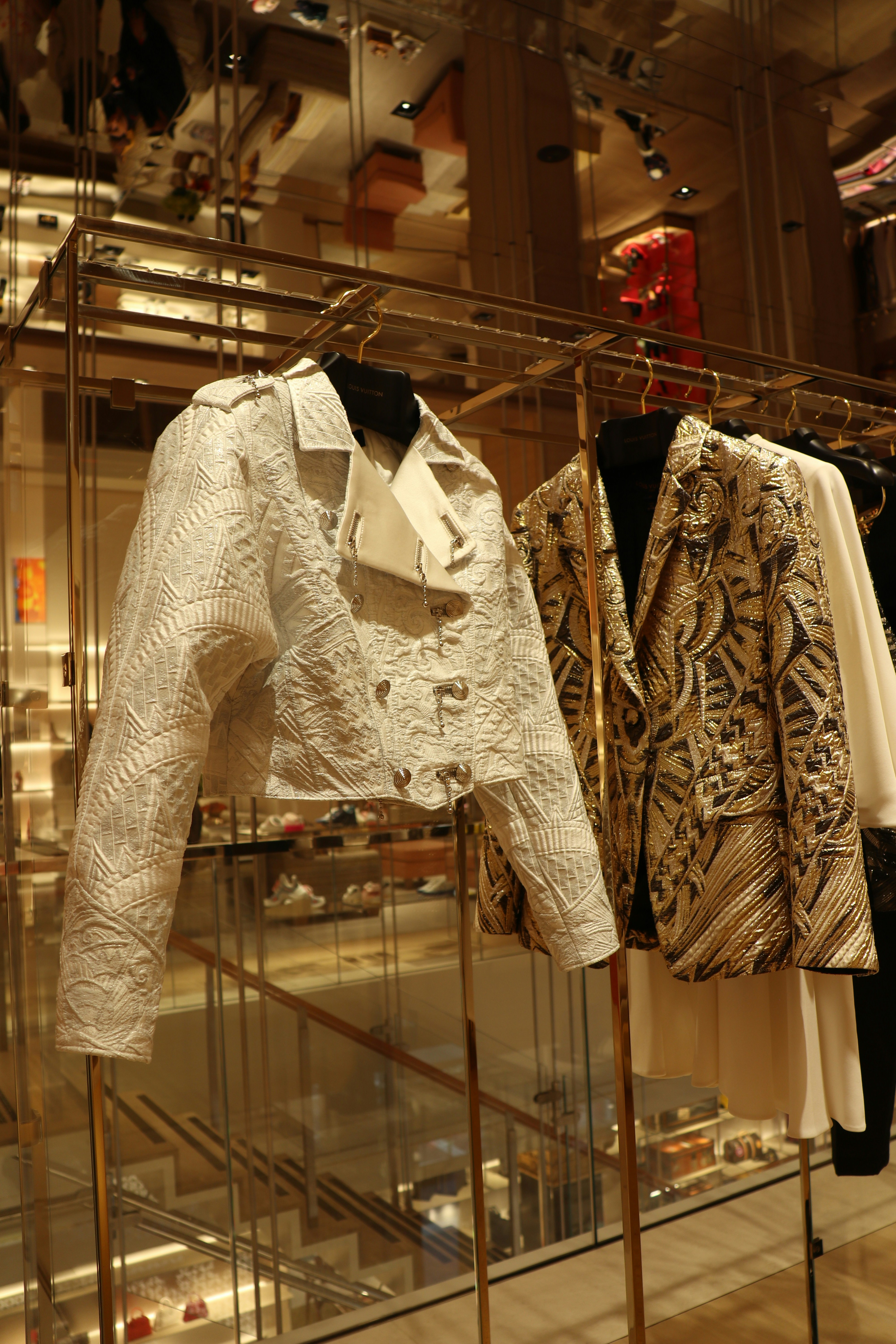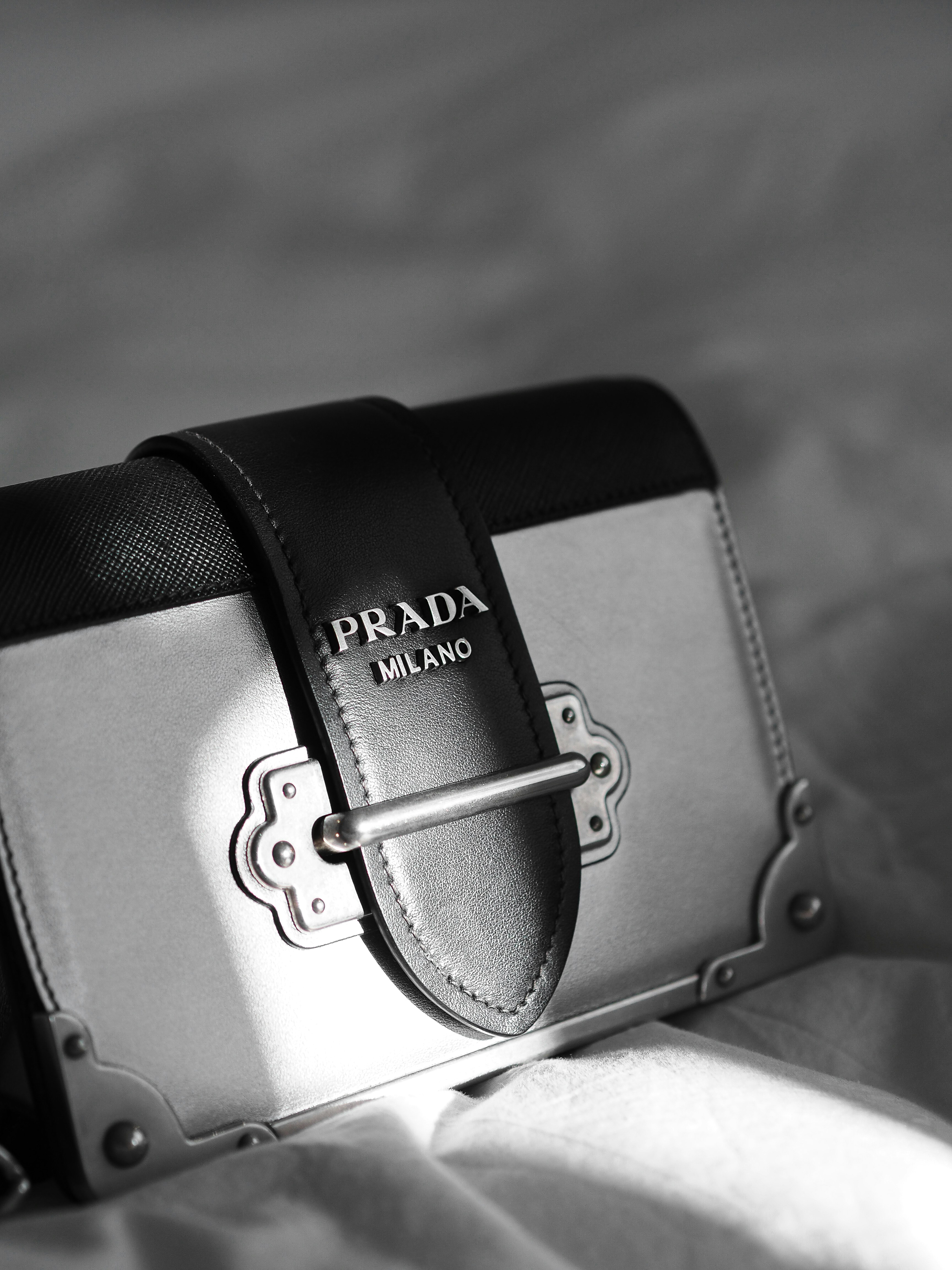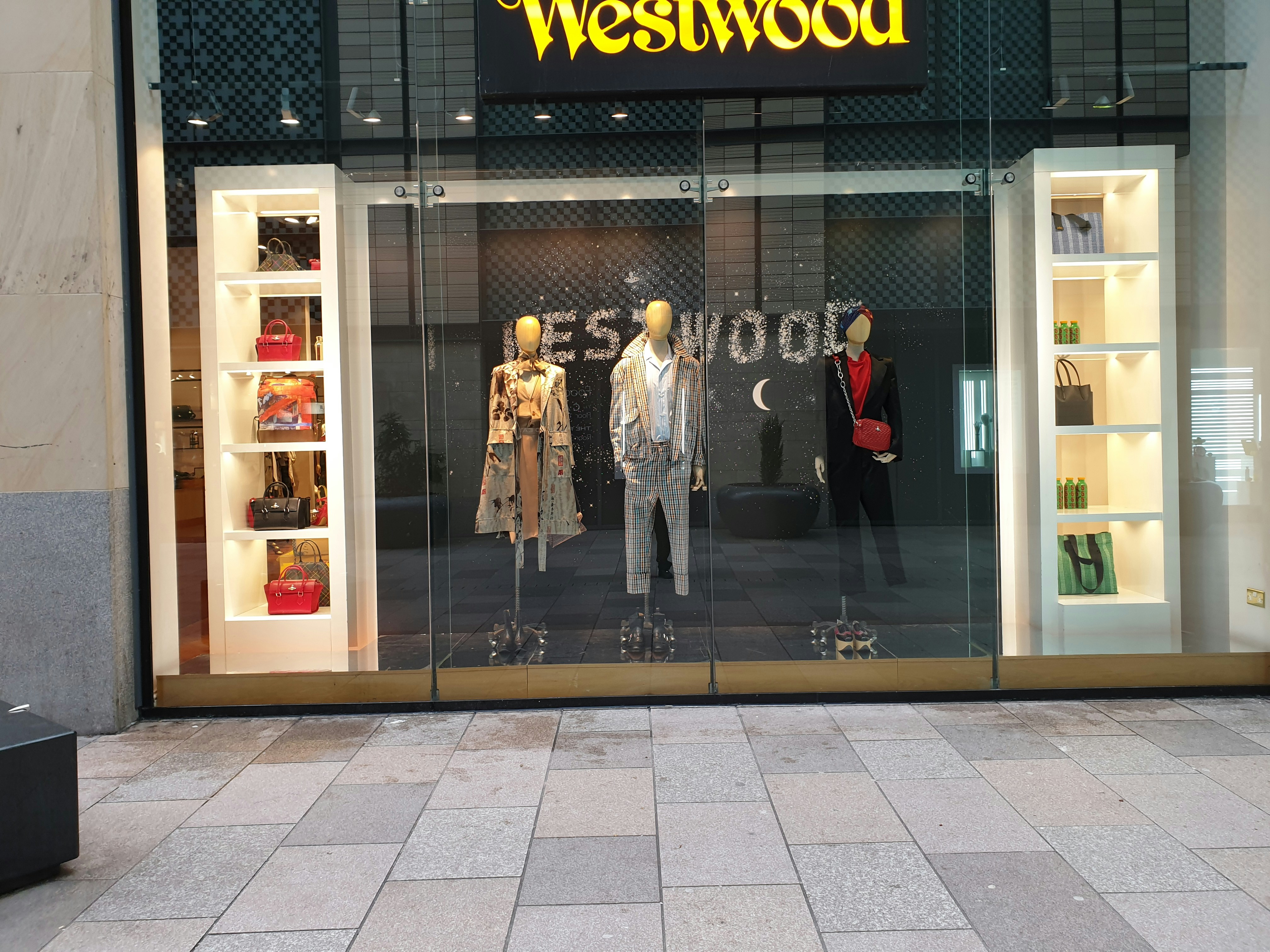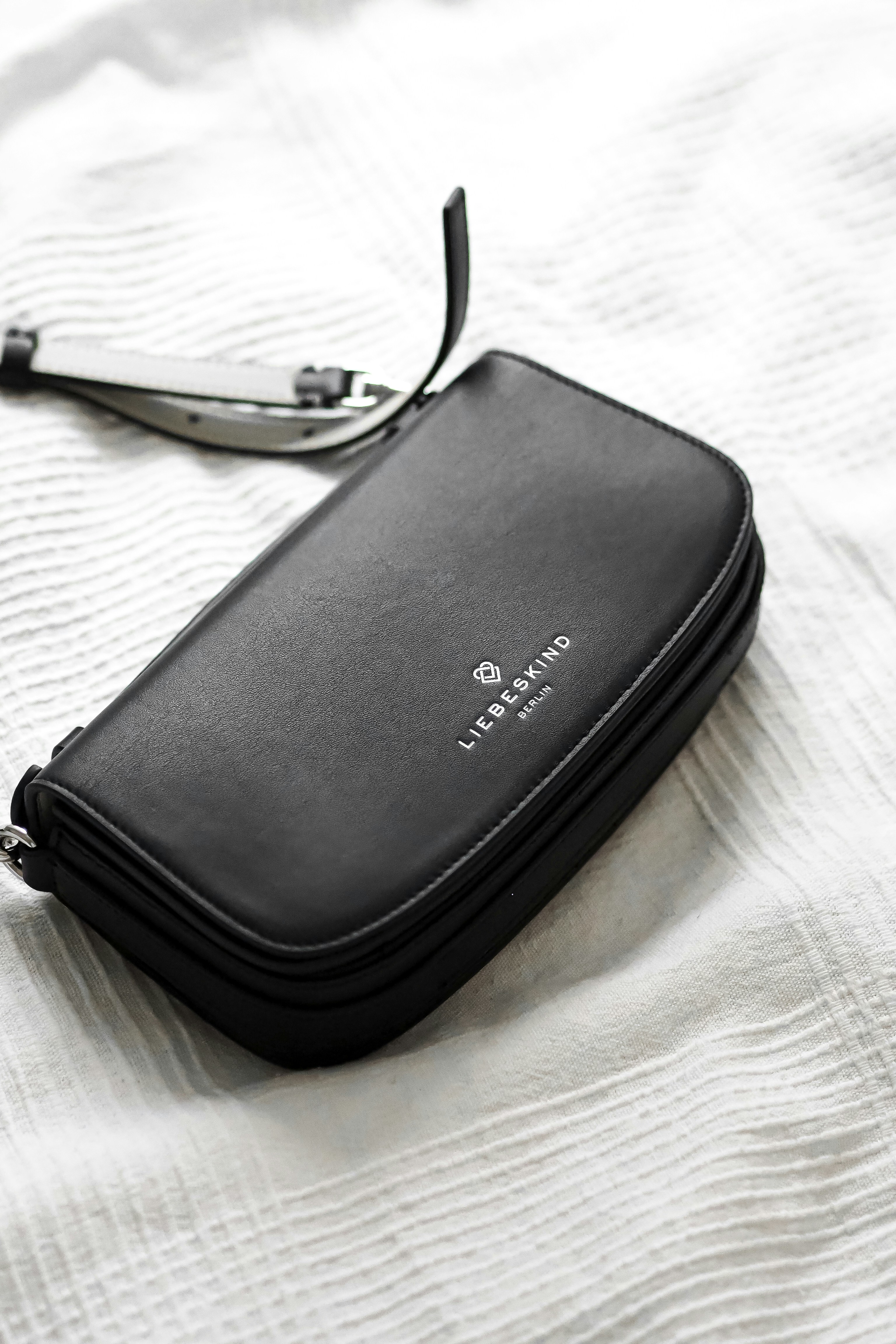The Rich History of Mulberry
Established in 1971, Mulberry began with the vision of Roger Saul, who aimed to create a distinctively British luxury brand focused on quality and craftsmanship. Drawing inspiration from the English countryside, Saul crafted his initial designs using locally sourced leather. The first Mulberry products, particularly handbags, were met with immediate acclaim, reflecting a blend of traditional techniques and innovative styling that captured the essence of British heritage.
Throughout the 1980s and 1990s, Mulberry experienced significant growth and recognition, marked by the introduction of iconic designs such as the Bayswater and the Alexa bag. These pieces not only showcased the brand’s dedication to craftsmanship but also embodied a timeless aesthetic that appealed to discerning customers. During this time, the company expanded its product range, moving into lifestyle accessories while remaining true to its core values of quality and design integrity.
Ownership changes in the early 2000s posed both challenges and opportunities for Mulberry. Following a management buyout in 2007, the company underwent strategic shifts that redefined its design philosophy and approach to markets. With a renewed focus on aligning with contemporary trends while cherishing its heritage, Mulberry introduced collections that resonated with a younger audience, utilizing innovative materials and sustainable practices.
As the brand evolved, it maintained a delicate balance between respecting its rich history and adapting to the ever-changing fashion landscape. By investing in artisanal craftsmanship and embracing modern technology, Mulberry has successfully retained its status as a quintessential British luxury brand. Today, Mulberry continues to exemplify the heritage of British leather goods, remaining relevant and respected in a competitive marketplace.
Signature Styles: The Classic Satchels and Bayswater Bag
Mulberry is renowned for its exceptional craftsmanship and iconic designs, with its classic satchels and the Bayswater bag standing out as definitive pieces in the luxury leather market. The classic satchel, characterized by its structured silhouette and practical functionality, is a product of Mulberry’s dedication to quality and timeless style. Made from premium leather, these satchels exhibit intricate detailing, ensuring each piece is a unique reflection of the brand’s heritage. The bags often feature signature hardware, such as the distinctive postman’s lock, which not only adds to the aesthetic but also serves a functional purpose.
On the other hand, the Bayswater bag has earned a reputation as a symbol of sophistication and elegance. It embodies a harmonious blend of modern and traditional design elements, showcasing Mulberry’s ability to evolve while maintaining its classic roots. The spacious interior and understated design make it an ideal choice for both everyday use and special occasions. Constructed from high-quality leathers, including the iconic natural veg-tanned leather, the Bayswater is designed for longevity, allowing it to age gracefully and develop a unique patina over time.
In terms of popularity, both styles have garnered a loyal following among fashion enthusiasts and celebrities alike. Renowned figures like Emma Watson and Kate Moss have been spotted sporting these bags, reinforcing their status as must-have accessories. Customer testimonials highlight the durability and timeless appeal of these bags, making them not only a fashionable statement but also a wise investment. With their combination of exquisite craftsmanship, functional design, and widespread acclaim, the classic satchels and Bayswater bag continue to affirm Mulberry’s position as an iconic British brand in the luxury market.
The Craftsmanship Behind Mulberry Accessories
Mulberry accessories are a testament to exceptional craftsmanship, embodying a blend of traditional artisanal techniques and modern innovation. At the core of this craftsmanship is the commitment to sourcing sustainable leather, ensuring that each material not only meets luxury standards but also aligns with eco-friendly practices. Every piece undergoes a meticulous selection process, reflecting Mulberry’s dedication to quality and environmental responsibility.
Artisans at Mulberry employ time-honored methods to craft each satchel and leather goods, illustrating the brand’s heritage and attention to detail. The process begins with leatherworking, where skilled craftsmen cut and shape the leather to create the distinctive silhouettes that the brand is renowned for. Each stitch is carefully executed, often by hand, to reinforce the durability and elegance of the finished product. This artisanal approach sets Mulberry apart, as each accessory is imbued with unique character and quality that mass-produced items cannot replicate.
Quality control remains paramount in the production of Mulberry accessories. Finished products undergo rigorous inspections to ensure they meet the brand’s high standards, reflecting a commitment to excellence. These checks guarantee that every satchel is not only visually appealing but also functional and long-lasting, reinforcing the notion of luxury that Mulberry epitomizes.
The brand’s commitment to ethical practices resonates strongly with contemporary consumer values. By investing in sustainable leather sourcing and artisan craftsmanship, Mulberry not only preserves traditional techniques but also appeals to a growing market of environmentally conscious customers. This alignment with ethical considerations enhances the overall allure of Mulberry products, establishing them as not just accessories, but as symbols of sustainable luxury. By upholding such standards in craftsmanship, Mulberry continues to reinforce its legacy as an iconic British brand.
Mulberry in the Modern Market: Trends and Innovations
In the rapidly evolving landscape of fashion, Mulberry has adeptly repositioned itself to align with contemporary trends while maintaining its iconic heritage. In recent years, the brand has introduced new collections that reflect a fresh aesthetic, merging classic British craftsmanship with modern sensibilities. The introduction of vibrant colors and innovative designs in their satchels has attracted attention from a younger demographic, ensuring that Mulberry remains relevant in the current market.
Collaborations have also played a pivotal role in Mulberry’s strategy to engage a wider audience. Partnerships with influential designers and artists enable the brand to infuse creativity and contemporary culture into its offerings. These limited-edition items create a buzz around the brand, fostering a sense of exclusivity and desirability that appeals greatly to millennials and Generation Z consumers.
Furthermore, Mulberry is not just keeping up with trends; it is setting them through strategic marketing initiatives. The brand’s focus on sustainability resonates deeply with today’s conscious consumers. By emphasizing its commitment to ethically sourced materials and environmentally friendly practices, Mulberry is elevating its status not only as a luxury brand but also as a responsible corporate citizen.
Digital transformation has been another critical area of focus for Mulberry. Enhancements to their e-commerce platform have made purchasing their classic leather goods easier and more efficient. The brand’s investment in a user-friendly online shopping experience aims to attract tech-savvy young adults who prioritize convenience.
Social media engagement has further solidified Mulberry’s connection with the modern customer base. The brand effectively uses platforms such as Instagram and TikTok to showcase its products, tell its story, and engage with consumers directly, creating a community that values both heritage and innovation.
Through these strategic efforts in product innovation, marketing, and digital transformation, Mulberry continues to carve out its niche in the competitive fashion sector, proving that tradition and modernity can coexist harmoniously.

